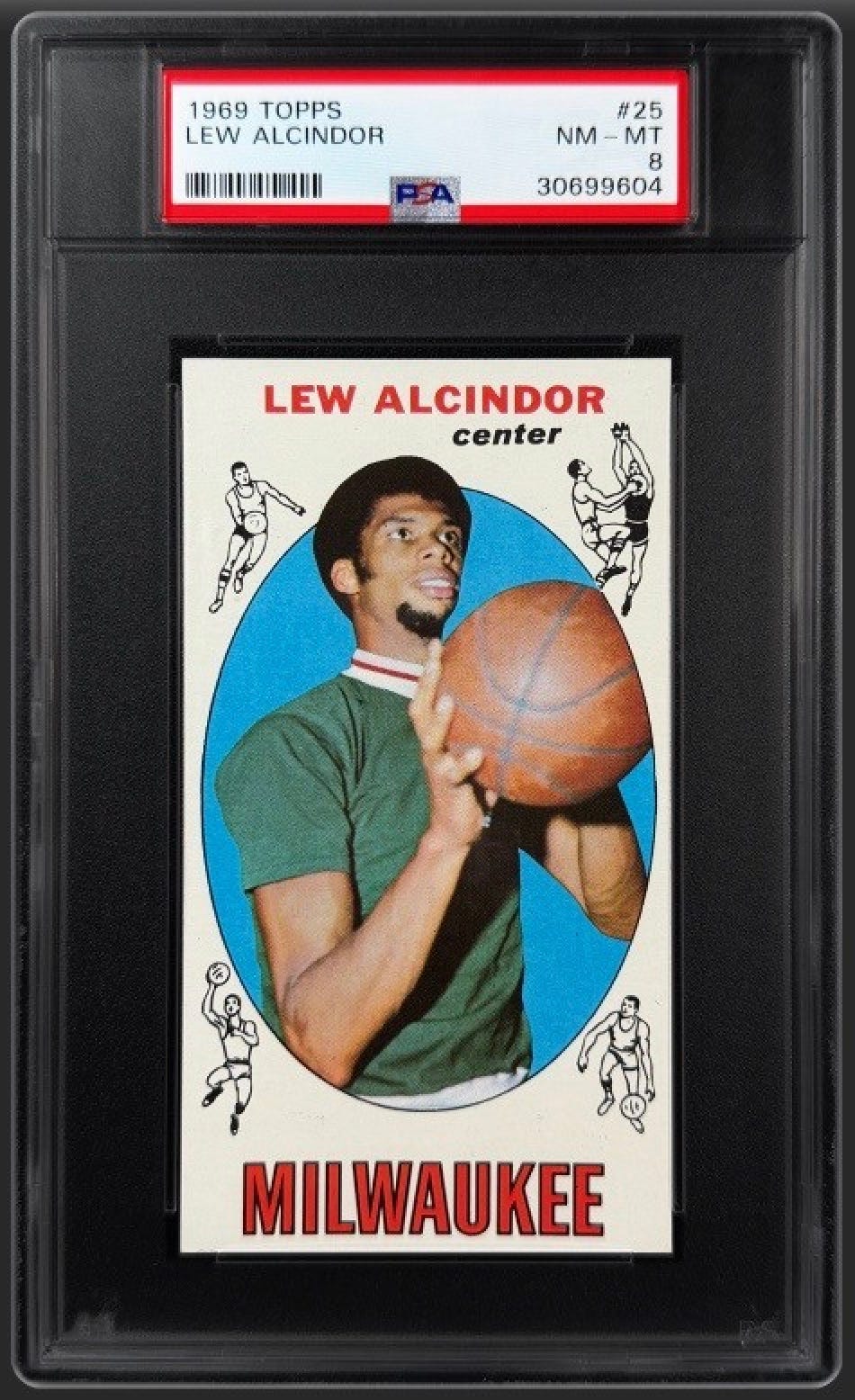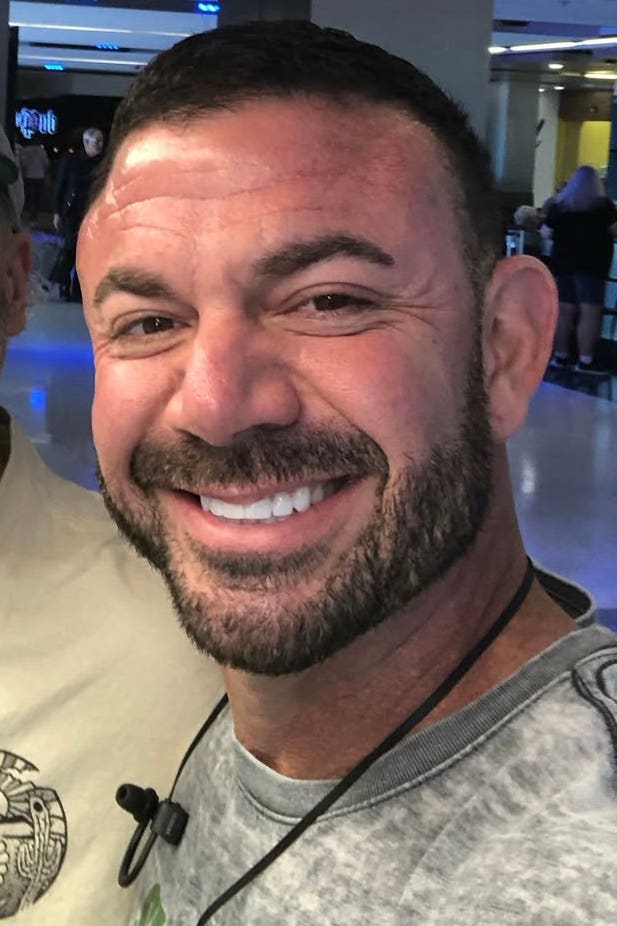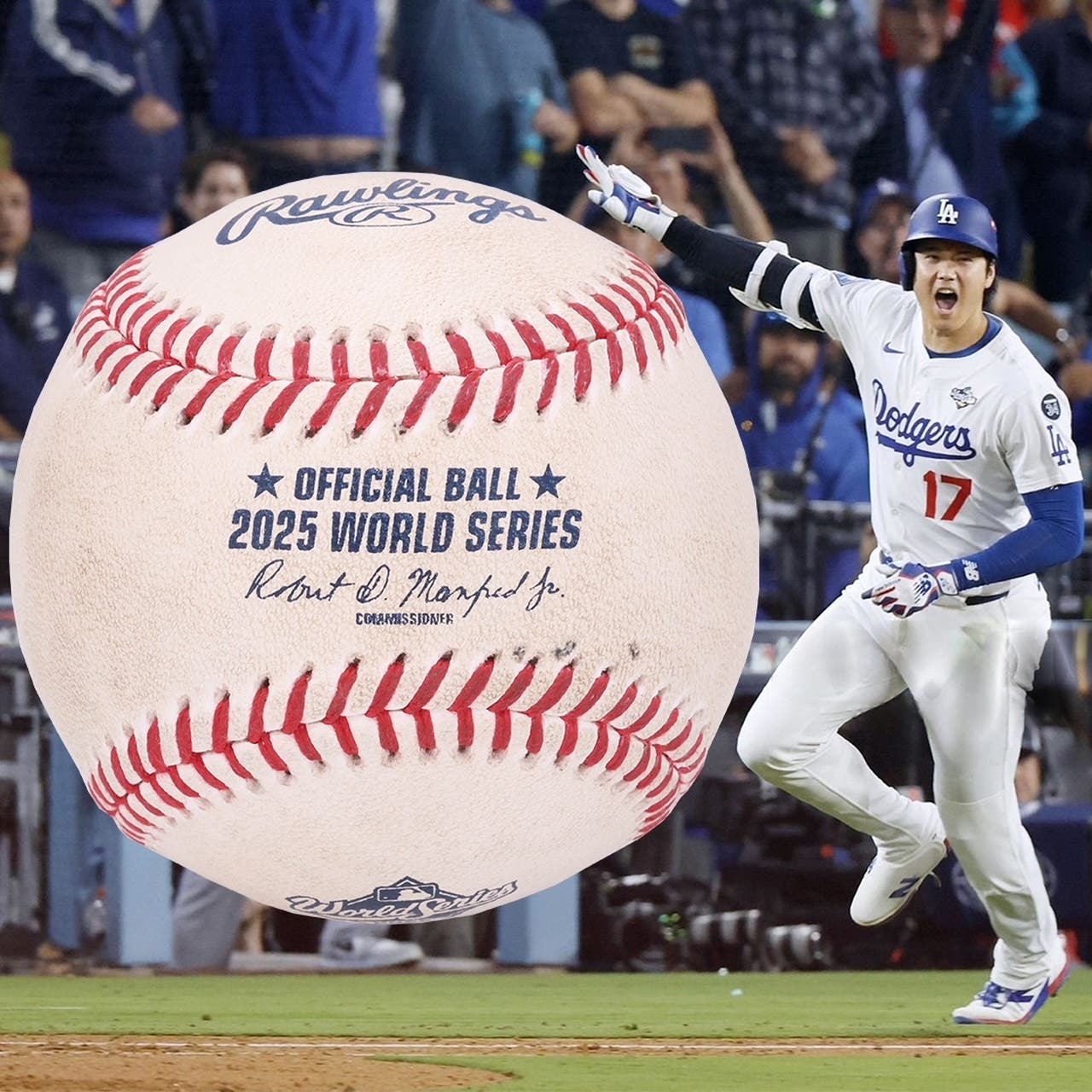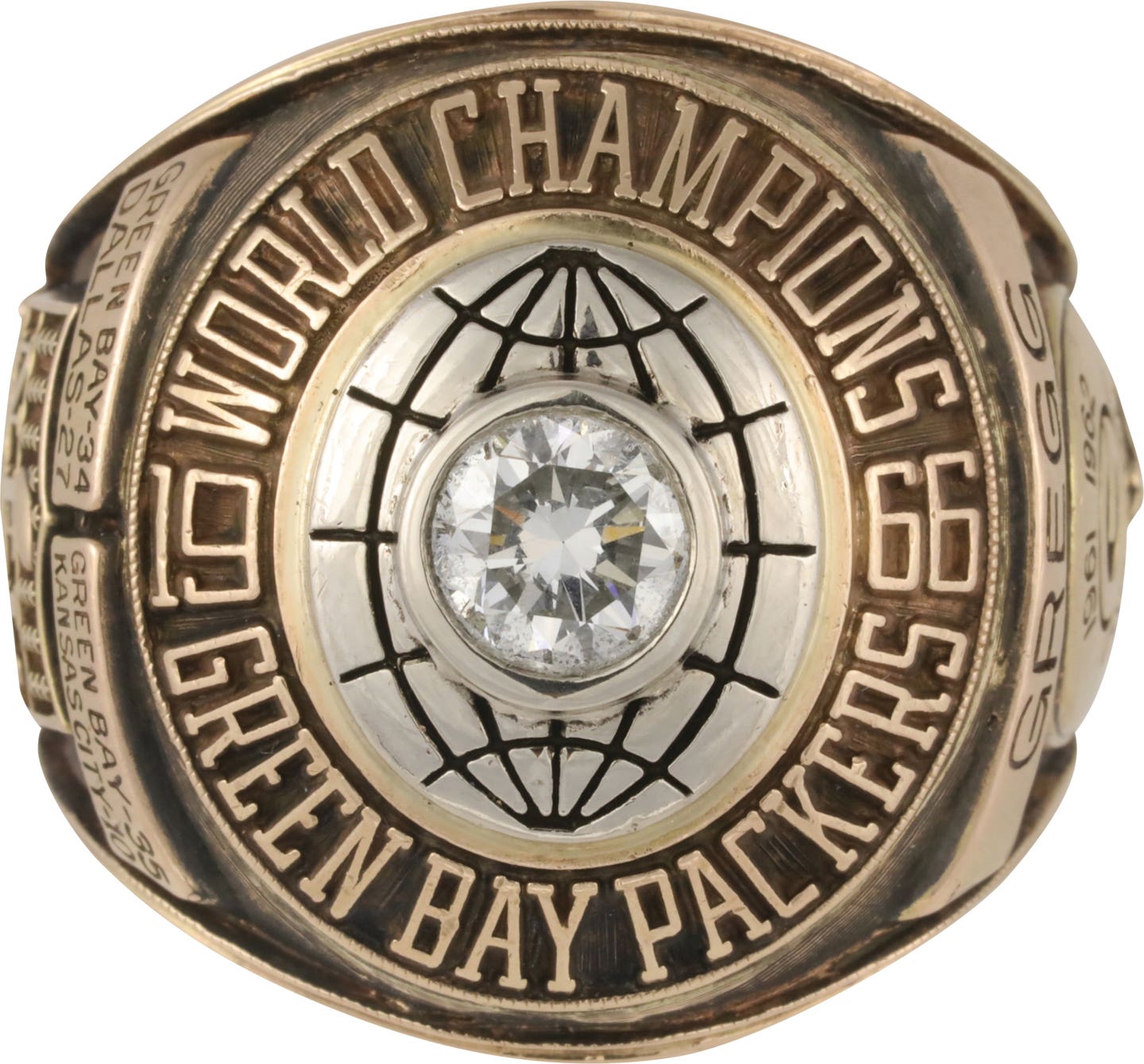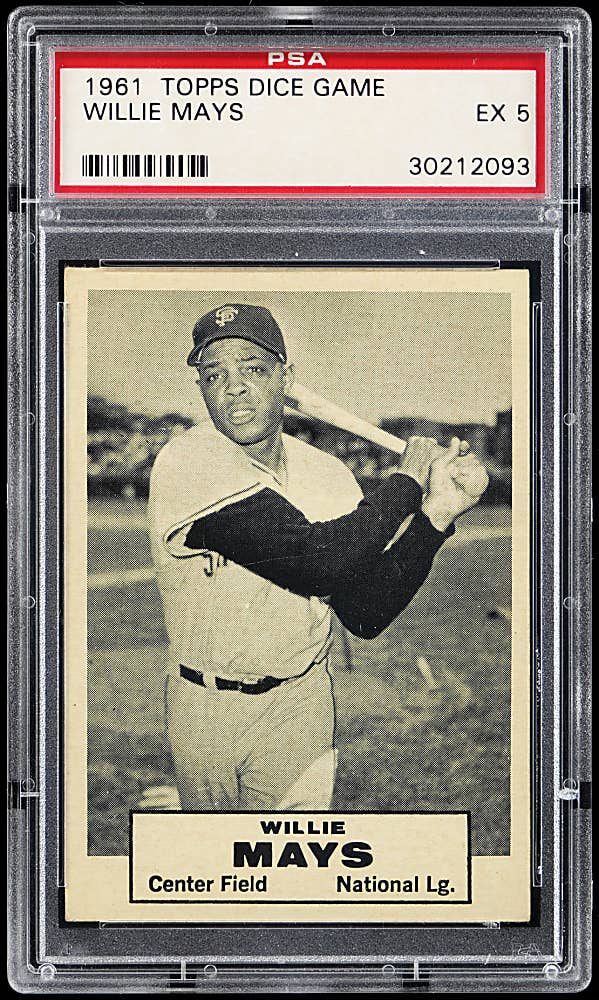Collecting 101
Simon says his reputation speaks for itself
Richard Simon is one of the most well-known autograph experts and is the prototypical authenticator in the business – longtime collector and dealer whose familiarity with autographs led him into the authentication business.
The veteran New York hobbyist doesn’t use scientific methods like some of the previously interviewed authenticators and says more than 20 years of experience can’t be replaced by a course or two, or machines for analysis. That’s a formula that has worked well for him, as he has a strong following of loyal customers who aren’t afraid of his dual role as both buyer/seller and third-party authenticator.
As always, send comments to SCD’s Letters to the Editor, and send followup questions for Simon to rocky.landsverk@fwpubs.com.
SCD: Tell us about yourself and your background.
Richard Simon: I was born and raised in New York, went to City College, owned a retail store for five years, worked on Wall Street as a block trader for seven years, started (in the hobby) as a collector, which pretty much (applies to) everyone who’s experienced in the autograph business. I’ve been buying, selling, authenticating for 21 years, living and breathing autographs. I should say 18 years, I started out as a card dealer.
SCD: When did you make the transition to being an authenticator?
RS: I’m really a dealer, more than an authenticator. My primary business is still buying and selling. Authentication has become a good sideline for me. I formalized my authentication business about five years ago.
SCD: Tell us about the groups of authenticators you were with – what were they and why didn’t they work?
RS: I was part of two other (authenticating) organizations. I was one of the original authenticators for PSA/DNA, along with Jim Stinson, Ron Gordon and Jimmy Spence. We would fly out to California one day a month and red-eye it back home at night. It was an exhausting thing.
I don’t mind telling the truth – they were looking for conformity in the authenticators, and myself and especially Jim Stinson are not going to be conformists. The team eventually was disbanded and Jimmy Spence was retained, and the rest is history.
And then I started to work for American Memorabilia, formally, as their sports authenticator. They brought in Mike Frost and Stephen Koschal in order to expand the areas that were being authenticated. I am not, and have never claimed to be, an expert in modern-day sports (autographs) or history and entertainment. I have been dealing in entertainment and history for a number of years now and I like to think I have some knowledge in it, but I do not extend that to formal authentication of entertainment and history autographs.
So the three of us were working on American Memorabilia’s catalog every three months – we’d go out to Vegas. Eventually, the idea was put forward for us to formally form our own company. It didn’t work out, first with American Memorabilia as 100% Authentic, and then we did stay together for a while as Professional Autograph Authentication Services, but then geography played a part in it not working out, as did the direction we were going to take the company (note: PAAS continues with Frost and Koschal). We had policy disagreements; disagreements never occurred over authentication, I think we did good work, but they had different ideas about how a company should be run than I did.
SCD: And so now your solo and your company is called ...
RS: Richard Simon Sports.
SCD: Are you going to stay alone, as your own company, going forward?
RS: Well I’m not looking to do what I did the last time, which would be to form a company among several individuals. But I would not be opposed if a major company in the hobby wanted to form an authentication service and asked me to be a part of it. I would entertain an offer.
SCD: How do your customers contact you and find out more about submitting items?
RS: My Web site is my primary business method; RichardSimonSports.com is my primary Web site.
SCD: What are the services available (fees, areas of authentication, etc.)?
RS: My basic service is vintage sports. My fees are anywhere from $20-$150 per item, plus return shipping and insurance fees.
SCD: What are the factors that can make the price vary from $20-$150?
RS: There are two factors: The degree of difficulty in the autograph. There are some people out there who are really experts at forging certain autographs in particular – Mickey Mantle, Joe DiMaggio, Ted Williams, Babe Ruth. So I take that into consideration as far as establishing my fee.
And you have to have some kind of a system – it can’t be $50 across the board. You do take the value of the item into consideration when setting up your fee. The really scarce autographs, the ones I’ve not handled a lot but I do have exemplars, they do take time, so that’s a factor in the fee also.
SCD: What’s your response to people who don’t like the autograph fee changing based on the value of the item, and not the work it takes going into the authentication process?
RS: There has to be some system. Somebody might send me a Christy Mathewson. Am I supposed to charge $20 because when I opened it up, it was a horrendous forgery and I knew immediately it was a horrendous forgery? I can’t tell the customer before they send it to me, “If it’s a really bad forgery, I won’t charge you as much. If it’s a good autograph, or a really good forgery, then I have to charge you a lot more so I can figure that out.” You can’t base it on time spent before you know how much time it’s going to take.
SCD: Many collectors believe it’s important to have a formal authentication background, a scientific background. Do you concur with that statement?
RS: I don’t believe that many collectors believe it’s important; I believe that most collectors who are knowledgeable prefer authenticators such as myself and PSA/DNA, people who have experience in the autograph hobby. So I disagree with the statement that many collectors believe it’s important to have a formal authentication education. I think an education can help; I did take a correspondence course. When I was with PSA, they wanted all of their authenticators to take a correspondence course, which was offered by Andrew Bradley in Colorado. Jimmy Spence, Jim Stinson, Ron Gordon and I all took the course. It had some degree of helpfulness.
SCD: How much of what you do is an art vs. a science?
RS: I think for people like myself, it’s much more of an art. I think the familiarity with autographs breeds the skill in the art.
SCD: What kinds of scientific methods do you use? Do you have any fancy machines?
RS: No, I do not. I have a computer full of exemplars, I have magnification, and that’s what I use. I don’t have a laboratory; I don’t use any machines. You can analyze pen pressure visually, and with magnification.
SCD: Similarly, what percentage of your opinions are based on subjective vs. objective evidence? How much of the time do you use experience of seeing autographs vs. having an item that was made in the wrong time period or other clearly definable criteria?
RS: I would say the latter part, like when the item wasn’t made when the person was alive, is something I’ll do when I need to clarify or make something 100 percent crystal clear. There are examples on my Web site where somebody sent me a Babe Ruth signed photo and on the back of it, it had a wire service statement that the picture was used in a story to illustrate the greatest baseball players. I researched the story and found out it came out in 1950. If the photo came out in 1950, how could it have Babe Ruth’s autograph on it? I didn’t like the autograph to begin with, and I had a suspicion when I started to do the research that this is what it would prove. When somebody has to get their money back, there are a lot of crooked dealers out there who will go to any length to avoid a refund, but when the item was made in 1950 and he died in 1948, it’s pretty hard to dodge that. That’s more of the exception, but if I can clinch it with something like that, I certainly take the extra step.
SCD: How important is provenance in the authentication process? Can it be a tipping factor?
RS: If I’m 90 percent leaning in one direction, it can be the tipping factor, but usually I try to let the autograph stand on its merits. And even in that circumstance, the provenance needs to be very strong. It can’t be somebody telling me, “My grandfather stood outside Yankee Stadium and got this ball signed.”
SCD: You don’t have a formal “team” but do you get second or third opinions?
RS: I try not to.
SCD: What’s your verbiage, letter of authenticity or professional opinion?
RS: I call it a letter of authenticity, but those state “in my opinion.” I would call it a professional opinion.
SCD: What is your process when somebody questions your evaluation? They don’t have you proven wrong, but they’re questioning the item’s evaluation? What’s the initial process?
RS: If they ask for me to look at it again, I certainly will. Nobody in the business can claim to be 100 percent. We try to do as good a job as we can, but it can’t be 100 percent. If somebody says, “So and so says this and you said that,” it’s a conundrum. I understand the collector’s anxiety over a situation like that. But it’s going to come down to who the collector has more faith in.
SCD: If you’re proven wrong, do you buy back your mistakes?
RS: If it’s proven to me – and not just somebody else’s opinion, if it’s proven that the evaluation was no good – then I would buy it back.
SCD: So if the ball had sold for a large amount of money and sold based on your evaluation, even if it was a $7,000 ball, you’d buy it back?
RS: If I made that big of a mistake, I would. But it would not be based on So and so saying it was no good.
SCD: You buy and sell in the field in which you authenticate, and some people have been critical of that.
RS: The only people who criticize the buyers/sellers /authenticators are people who have other motives. It’s been proven in the marketplace time after time after time that the people who buy, sell and authenticate, the marketplace respects them much greater than the authenticators who never bought and sold. And there is a difference between studying autographs and studying handwriting.
SCD: How do you protect your LOA from being copied?
RS: I have a corporate seal that is embossed, so if any of my letters ever appear without that embossed seal in the lower right hand corner, then it’s not mine.
SCD: Do you put anything on the item itself, a sticker or anything?
RS: No, I don’t believe in defacing the item. There is a picture that I keep on file, and the picture is on the certificate. I think placing any foreign substance – including initials, numbers, synthetic DNA or stickers – can possibly create long-range damage. There has been no long-term test that I’m aware of – and maybe they have done one since I left PSA – on that chemical they put on the items, to see if over the long term if that item is damaged by the DNA. Plus, they put a sticker on it, and I have no idea if it’s acid-free, or if that sticker 20 years from now could leave a stain on the item.
SCD: Do you have names on your LOA of people who didn’t see the item?
RS: I’m the only one on it.
SCD: Do you see every item that has your name on it?
RS: Absolutely.
SCD: If you don’t have the resources or the exemplars, do you decline the opportunity to authenticate?
RS: Absolutely, I say no every day. I say it begrudgingly, but if I don’t have either major experience with an item or a number of exemplars, I absolutely say no.
SCD: That’s where a network could be helpful.
RS: I’m aware of that, but that would involve forming a company. And in all honesty, geography was a handicap for us at PSA/DNA. It was difficult to overcome. In order to form a network, it wouldn’t work on scans, you have to examine every item.
SCD: How long do you spend per item?
RS: That depends on the item. There are master forgers out there. I no longer will look at Mantle/DiMaggio/ Williams without going over all my exemplars and going over it letter by letter. It can take an hour. I raised what I charge for Mantle, DiMaggio or Williams from $50 to $60 because I spend more time on each and every one of them, unless it’s a really horrendous forgery.
SCD: I would guess historical pieces can take many hours or even days?
RS: Absolutely. You can look at some things for an hour, and you have to come back to it the next day because you can’t look at it anymore.
SCD: Do you authenticate large collections, and if so, do you look at every item?
RS: If I have a big collection, it’s usually going to be a house call. They’re going to want their expensive items certed. If they’re willing to accept a verbal word, there will be a lesser fee. And one cert cannot cover 50 Hall of Fame player autographs. But I might write one cert for a vintage autograph album, and I will list every autograph that’s in that album.
SCD: Do you have an exposure to collections and a history in the hobby that adds to your resumé as an expert?
RS: I have 21 years in the hobby, buying and selling. And when you become self-employed in your own business, your whole life revolves around your own business. I work seven days a week; I don’t have a day off. So for autograph dealers, you’re in it every day, you’re looking at autographs every day, you’re looking at authentications every day.
SCD: Do you think it’s important to see major collections and do house calls to expand your experience?
RS: I think it’s much more important than taking a “scientific” approach.
SCD: Does the existence of a clubhouse signature or forgery make the entire team-signed ball a forgery?
RS: No, I will issue a certificate of authenticity, but there will be a clear sentence in that certificate that “Jackie Robinson and Roy Campanella are signed by the clubhouse boy.” The letter will be very explicit.
SCD: Which of the other authenticators do you trust?
RS: None. I was waiting for that question. I trust several dealers implicitly. I don’t have much trust in any other person who authenticates officially.
SCD: Is that a competitive opinion, out of necessity?
RS: No, it’s out of experience, what I’ve seen.
SCD: Do you think that they should trust you?
RS: They can use my reputation to judge for themselves.
SCD: Dealers and collectors often believe the reputation of the person submitting the item, or their status as a big client, can influence the resulting evaluation. Can you remember instances when that happened?
RS: Yes.
SCD: Does it happen with your service?
RS: People know it does not. I have former clients who would vouch for that. I do not have a double standard for auction houses and other people.
SCD: Dueling authenticators can be very frustrating for collectors. What is your advice when you and somebody else have a differing opinion?
RS: They’ll go with who they trust more. In all honesty, there are times when I felt that it was a legitimate duel between myself and another authenticator. There can be legitimate differing opinions. When we had the team at PSA/DNA, that was four very good authenticators, and we had differing opinions at times.
SCD: Why should we buy into the concept of autograph authentication if you and the other respected authenticators disagree so much? Isn’t there something inherently wrong with the process?
RS: At this point in time, you have your non-hobby authenticators, and none of the major auction houses use them, and the prices realized are conclusive evidence of the confidence the public has in them, when an item that Mastro or Leland’s sells for $4,000 sells for $400 and it has a certificate from a non-hobby authenticator. There are certainly far more “duels” between non-hobby authenticators and hobby authenticators than there are within the hobby authenticators, although there are certainly duels within the hobby authenticators, too.
SCD: Are there some newer, “quality” forgers out there right now?
RS: I believe there are, but I couldn’t pinpoint where they are. I know where the hotbeds of forgers are. In the past, I knew their names. I know there are good forgeries still around, and whether they’re simply recirculated, I’m not sure. There are hotbeds of really bad forgeries, too.
SCD: Have you ever made a mistake on a type of forgery, or a group of autographs, and later you found out you had been wrong and had to correct the error(s)?
RS: On single items that I looked at a couple years later that I changed my opinion on ...
SCD: Did the Operation Bullpen/Marino family stuff fool you?
RS: I don’t think anything that ever came out of that California forgery ring ever fooled me.
SCD: How about the laser-printed Babe Ruth pictures that I heard about a few years ago, the autographs were printed by a laser printer?
RS: I’m still up in the air about what happened there, because when I was told what happened, I requested that the items get sent back to me. The items were never sent back to me, and I believe that same thing happened to Jimmy Spence. I was told that I was fooled by the person who sent them to me.
SCD: How can you tell if something is secretarial, or an autopen?
RS: I have exemplars for secretarial, or clubhouse, which is a more accurate word in sports. A lot of it is anecdotal, and virtually every story I’ve been told anecdotally turns out to be true. When you’ve been around a long time, you learn what Earl Combs’ wife’s signature looks like; you learn what the Dodgers’ batboy’s signatures look like. I don’t do modern-day autographs; I have never seen an autopen in the vintage-sports genre.
SCD: Would you be willing to go to court to back up an opinion?
RS: I’ve been in court already, although not on an authentication case. I was a prosecution witness in a criminal case in New York; my testimony helped induce a guilty plea from the forger.
SCD: There are authenticators who use the experience of testifying in court as one of their calling cards ...
RS: ... but they’ve never testified in an autograph case. The only other autograph authenticator I know who’s testified in court in an autograph case is Steve Koschal a former partner of Simon’s, who testified for the FBI in a case involving a movie actor.
SCD: Do the disclaimers on the typical COA render it virtually meaningless?
RS: I don’t have disclaimers on the COA, but the COA does state “in my opinion.” I feel that’s absolutely accurate. If you’re looking at an autograph that was not signed in front of you, all you can do is render your opinion.
SCD: What’s your advice if somebody has sent something in to you and it’s not close? What’s your advice to somebody who’s clearly purchased a forgery?
RS: If you can’t get your money back, contact law enforcement. Nobody is happy giving a refund, but legitimate dealers know that their inventory is 95-99 percent good, and if the collector comes back to them with a legitimate opinion that this is no good, they should give a refund. If they fight the refund tooth and nail, that’s a warning sign. I would notify law enforcement and hope you find an aggressive DA. It all depends on who picks up the phone; some of these DAs would love to go after somebody like this, and some don’t care.
SCD: What are the tougher signatures to authenticate in the vintage-sports genre?
RS: Mantle, DiMaggio, Williams, because some of the forgers are so good, and plus most of it is signed in Sharpie, which makes it harder to detect certain things. It’s easier to forge with a Sharpie than a pen.
SCD: What autographs are the most forged?
RS: Those three are among the most-forged, but Babe Ruth and Lou Gehrig belong on that list, too.
SCD: There have been 15 or so autograph courses across the country. In general, what do you think of seminars like that?
RS: I attended one that the UACC (Universal Autograph Collectors Club) ran about 10 years ago. They are 1-2 hours and they touch on a lot of generalities. I won’t say they are not useful, but they are not extremely so.
SCD: Where are your exemplars from? Are they out of a book? How do you know they’re real?
RS: I do have books that I use for research; I use Charles Hamilton’s books. All of my exemplars are on two of my computers. They’ve come over 20 years of buying and selling autograph books (albums, collector-acquired autographs assembled into an album of signatures), contracts, checks, team balls, things that you’re 100 percent certain are authentic. That’s what I’ve put into my exemplar file. It won’t go into my exemplar file unless it’s from an autograph book and I’m face-to-face with the person selling it to me, and their story is 100 percent, and I’m certain this stuff is good, I’ll make that an exemplar. And then contracts and checks. For people who are not in the autograph business, I have no idea where they get their exemplars from. There aren’t many books with sports autographs in them.
SCD: How many exemplars do you have, for example, for Mantle?
RS: About 25.
SCD: Do you ever conduct authentications without exemplars?
RS: I don’t do shows anymore, so authentications I do strictly at home. And I never do authentications without exemplars, and if I go on a house call, my laptop is with me. I try to have exemplars from throughout a player’s career. I might have five exemplars of the player from his career; I will try to get exemplars of a guy in his old-age home.
SCD: What about using a scan?
RS: I would never authenticate from a scan, but you can give an opinion from a scan. I would never give an opinion, in writing, from a scan. If something is really really bad, you could say that, but I would never say something is good from a scan.
SCD: Are you in any autograph organizations?
RS: The IACC/DA (International Autograph Collectors Club/Dealer Alliance), and I’m registered dealer with the UACC. Both organizations have minor problems, but in general their heart is in the right place, and they are necessary. The UACC should be more of a policeman, it should be doing more good. Collectors have to put more pressure on them, on the board. Having a registered dealer organization has helped; the dealers on the list seem to be legitimate dealers.



